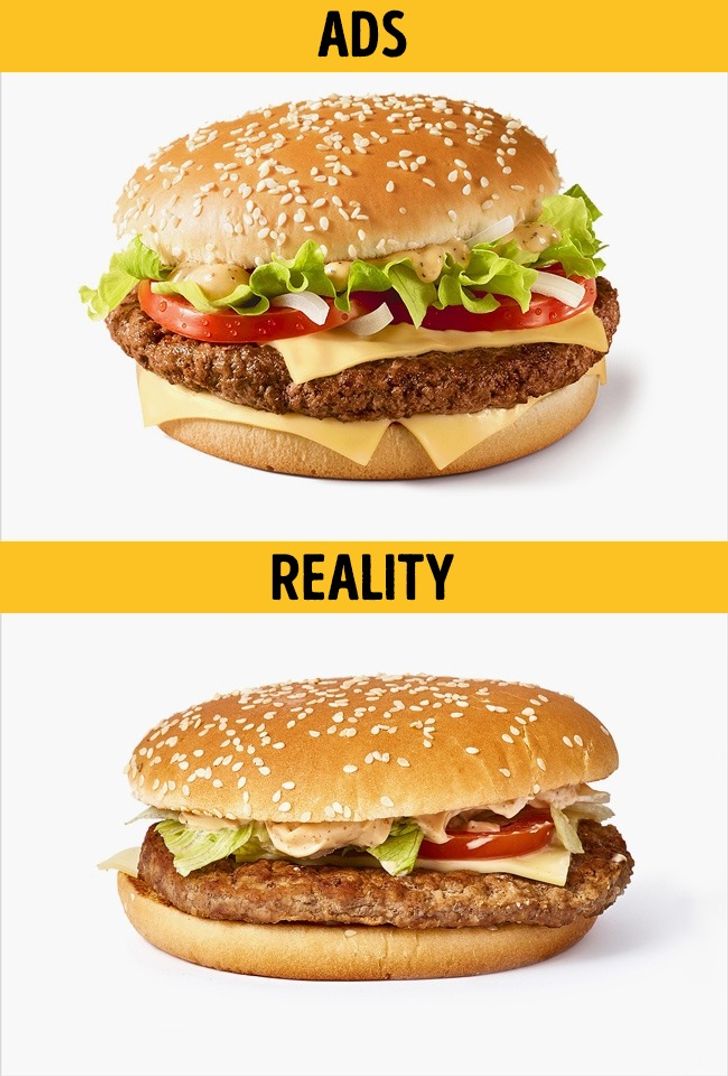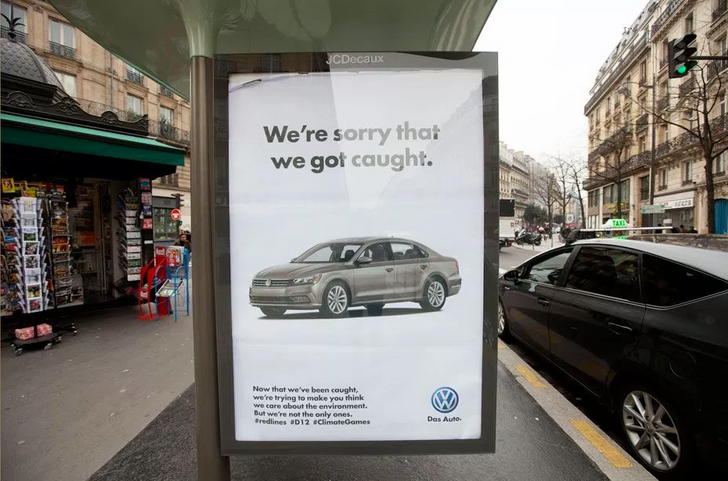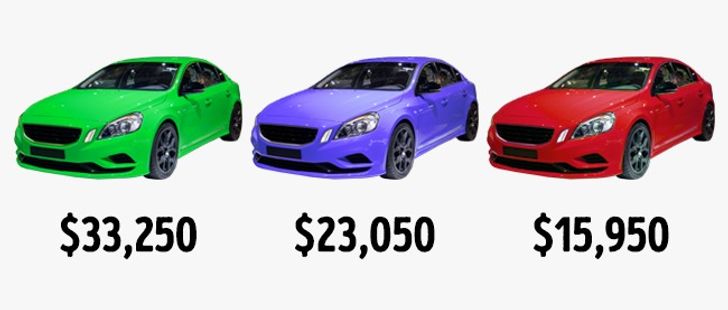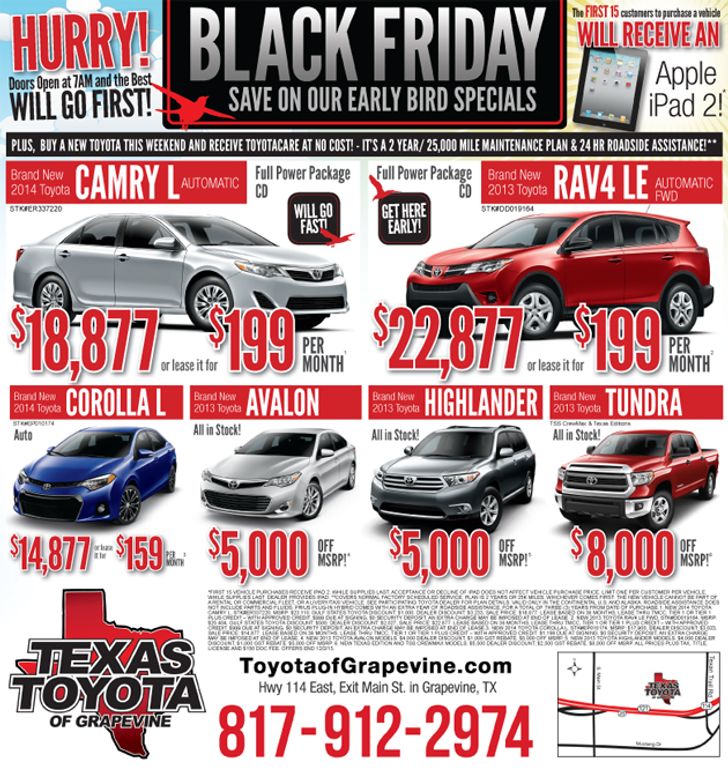Today’s shoppers are becoming more and more like the hero of The Truman Show. Every day, they are being watched by a whole army of marketers who study their buying behaviors, trying to come up with ever more cunning and sophisticated selling techniques.
Trends presents you with a list of some of the most clever traps that salespeople use to ensnare shoppers.
Keep your comments coming – we’d love to hear about your personal ways of avoiding stocking up on useless stuff at the supermarket!
11. Misleading visual appearances

To emphasize the freshness of products and make items like hamburgers look more appetizing and appealing, food photographers sprinkle water on their surface. This technique is also successfully used by sellers of vegetables and greens. The mouth-watering results promptly tempt us into making unplanned purchases.
10. Anti-advertising slogans

“We’re sorry, but we can’t sell you this.” That’s roughly the underlying message of some of Volkswagen’s slogans. Has this approach actually stopped someone from buying their cars? On the contrary: more attention means higher sales!
9. Overpricing

This clever ploy proves effective with nearly every customer. It works like this: the most expensive goods are displayed first, while the less expensive ones bring up the rear. However, although these items cost less in comparison, they are still significantly overpriced. This tactic is successfully used in restaurants. A bottle of the same brand of mineral water costs a different amount in a supermarket, in a railway station cafe, and in a restaurant. People tend to see restaurants as more reliable in terms of quality, so restaurant prices are likely to be 2-3 times higher. This in no way deters customers and even serves as a status symbol.

In this example, sellers offer the same amount of monthly payments for cars of different value. A catch that makes a customer think: If there is no difference, then why buy a cheaper car?
